Home>Articles>Why Does The Smoke Detector Go Off When Showering?
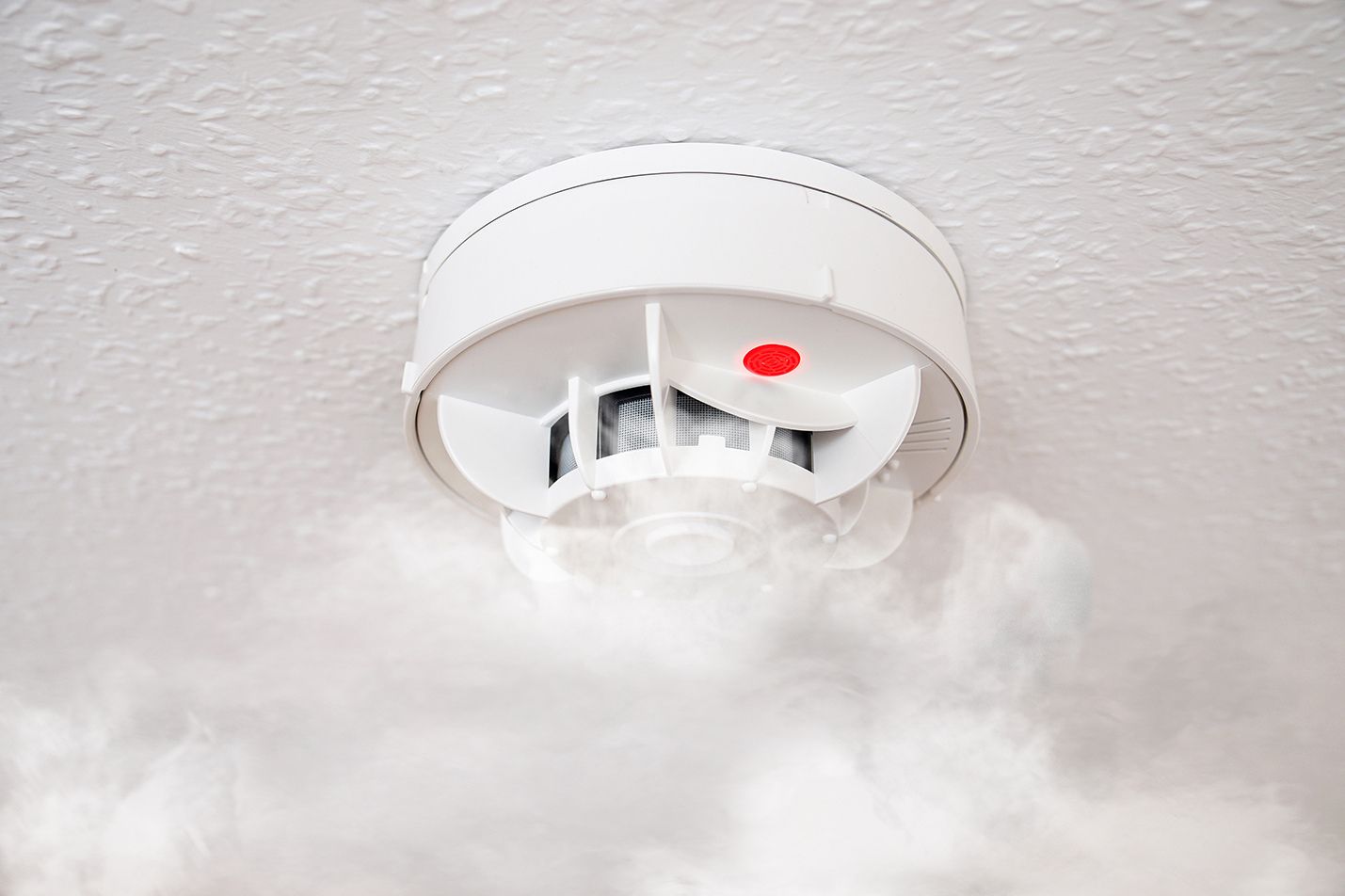

Articles
Why Does The Smoke Detector Go Off When Showering?
Modified: August 28, 2024
Discover why your smoke detector goes off when you're showering. Read our informative articles to understand the causes and solutions for this common problem.
(Many of the links in this article redirect to a specific reviewed product. Your purchase of these products through affiliate links helps to generate commission for Storables.com, at no extra cost. Learn more)
Introduction
Welcome to the world of smoke detectors! These small devices play a crucial role in keeping us safe by alerting us to the presence of smoke and potential fires. However, have you ever experienced the frustration of your smoke detector going off unexpectedly when you’re taking a steamy shower? You’re not alone! Many people have wondered why the steam from a hot shower can trigger a smoke detector. In this article, we will explore the science behind this phenomenon and provide insights into how you can prevent false alarms.
Before we delve into the specifics of why smoke detectors react to steam, it’s important to first understand how these devices work and what factors can trigger them. By gaining a better understanding of the underlying mechanisms, we can unravel the mystery behind steam triggering smoke detectors and find practical solutions to prevent false alarms.
So, let’s start by exploring the basic functions of smoke detectors and how they detect and respond to potential fire hazards.
Key Takeaways:
- Steam can trigger smoke detectors due to its ability to scatter light and disrupt electrical currents, mimicking the behavior of smoke particles. Proper placement and ventilation can help prevent false alarms.
- Regular cleaning, maintenance, and moisture control are essential to minimize false alarms caused by steam. Understanding the science behind smoke detection can help ensure the reliable functioning of smoke detectors.
Understanding Smoke Detectors
Smoke detectors are electronic devices designed to detect the presence of smoke in the air. They are an essential part of every home’s fire safety system, as they provide an early warning system in the event of a fire. Smoke detectors come in different types, such as ionization and photoelectric detectors, but they all work on the same principle of detecting smoke particles in the air.
Ionization smoke detectors use a small amount of radioactive material to ionize the air inside the device. When smoke enters the chamber, it disrupts the electrical current, triggering the alarm. Photoelectric smoke detectors, on the other hand, use a light source and a light sensor. When smoke particles enter the detector, they scatter the light, triggering the alarm.
Regardless of the type of smoke detector, their primary function is to quickly detect the presence of smoke and emit a loud alarm sound to alert the occupants of a potential fire. However, these devices are not foolproof and can sometimes be triggered by factors other than smoke, leading to false alarms.
Factors such as cooking fumes, dust, and high humidity levels can potentially set off smoke detectors. One common scenario where smoke detectors are prone to false alarms is when steam from a hot shower accumulates in the bathroom and activates the detection system. But why does this happen? Let’s investigate further.
How Do Smoke Detectors Work?
Before we can understand why smoke detectors are triggered by steam, it’s important to have a clear understanding of how these devices work. Smoke detectors utilize advanced technology to detect the presence of smoke particles in the air and then trigger an alarm to alert occupants of a potential fire.
There are two main types of smoke detectors: ionization and photoelectric detectors.
Ionization smoke detectors work by using a small amount of radioactive material, typically americium-241, to ionize the air inside the detector. This creates a small electrical current inside the chamber. When smoke enters the detector, it disrupts this current, triggering the alarm.
On the other hand, photoelectric smoke detectors operate by using a light source and a light sensor. The light source emits a beam of light that is directed away from the sensor. In a smoke-free environment, the light beam does not reach the sensor. However, when smoke particles enter the detector, they scatter the light, causing some of it to reach the sensor. This change in the amount of light triggers the alarm.
Both types of smoke detectors are effective in detecting smoke, but they may have different sensitivities to different types of fires. Ionization detectors are generally more responsive to fast-burning, flaming fires, while photoelectric detectors are more sensitive to slow, smoldering fires.
Now that we have a basic understanding of how smoke detectors work, let’s explore the factors that can trigger these devices and understand their relationship with steam.
Factors That Can Trigger Smoke Detectors
Smoke detectors are designed to be highly sensitive to the presence of smoke in order to provide early warning in the event of a fire. However, this high sensitivity can sometimes lead to false alarms triggered by factors other than smoke. Let’s take a look at some common factors that can trigger smoke detectors:
1. Cooking activities: Smoke and steam generated during cooking, especially when food is burned or oil is overheated, can trigger smoke detectors. It’s important to ensure proper ventilation in the kitchen to avoid false alarms.
2. Dust and debris: Accumulated dust particles or debris near a smoke detector can interfere with its sensors, potentially triggering false alarms. Regularly cleaning and maintaining smoke detectors is essential to avoid these situations.
3. High humidity: Smoke detectors are sensitive to changes in humidity levels. High humidity or excessive moisture in the air can cause false alarms, as the sensors may mistake the moisture for smoke particles.
4. Chemical fumes: Chemicals, such as those emitted from cleaning products, aerosol sprays, or paint fumes, can trigger smoke detectors. It’s advisable to use these products in well-ventilated areas away from smoke detection devices.
5. Insects and pests: Small insects, such as flies or moths, can inadvertently trigger smoke detectors by coming into contact with the sensors. Regularly inspecting and cleaning smoke detectors can help prevent false alarms caused by insects.
6. Electrical malfunctions: Faulty electrical wiring or power surges can cause smoke detectors to malfunction and trigger false alarms. It’s important to have a qualified electrician inspect the electrical system of your home to avoid such issues.
7. Steam from showers: Perhaps the most common cause of false alarms is steam from hot showers. The moisture and steam produced in bathrooms can reach smoke detectors and be mistaken for smoke particles.
Understanding the factors that can trigger false alarms is crucial for preventing unnecessary stress and ensuring the proper functioning of smoke detectors. In the next section, we will specifically explore the relationship between smoke detectors and steam, and why steam can set off these devices.
The Relationship Between Smoke Detectors and Steam
Smoke detectors are designed to be sensitive to the presence of particles in the air, including smoke particles that indicate a potential fire. However, these detectors can also mistakenly interpret other airborne particles, such as steam, as smoke. This can result in false alarms, especially in areas where steam is commonly generated, such as bathrooms and kitchens.
The relationship between smoke detectors and steam is primarily due to the physical properties of steam and the way smoke detectors are designed to detect particles. When a smoke detector senses particles in the air, it triggers an alarm. In the case of steam, the moisture in the air can be mistakenly interpreted as smoke particles, leading to a false alarm.
Steam is made up of tiny water droplets suspended in the air, which can scatter light and trigger the optical sensors in photoelectric smoke detectors, similar to how smoke particles do. In addition, the moisture in steam can also disrupt the electrical currents in ionization smoke detectors, which can lead to false alarms.
It’s worth noting that not all types of smoke detectors are equally susceptible to false alarms caused by steam. Photoelectric smoke detectors, which rely on light scattering, tend to be more sensitive to steam compared to ionization smoke detectors, which work by detecting disruptions in electrical currents. However, both types of detectors can still be triggered by steam under certain conditions.
To minimize false alarms caused by steam, it’s essential to consider the placement of smoke detectors. For areas prone to steam, such as bathrooms or kitchens, it’s recommended to install smoke detectors away from direct sources of steam, such as showers or stovetops. Additionally, ensuring proper ventilation and maintaining an adequate airflow in these areas can help dissipate steam and reduce the likelihood of false alarms.
While false alarms caused by steam can be frustrating, it’s important to remember that smoke detectors serve a critical purpose in alerting us to potential fire hazards. By understanding the relationship between smoke detectors and steam, we can take measures to prevent false alarms and ensure the reliable functioning of these essential safety devices.
Make sure your bathroom is well-ventilated to prevent steam from setting off the smoke detector. Consider installing a separate heat detector in the bathroom instead of a smoke detector.
Why Does Steam Trigger Smoke Detectors?
Steam triggering smoke detectors is a common occurrence that often leaves people puzzled. After all, steam is just hot water vapor, so why does it set off smoke detectors? The answer lies in the properties of steam and the way smoke detectors are designed to sense particles in the air.
Smoke detectors are equipped with sensitive sensors that are designed to detect the presence of smoke particles. These sensors can be optical (photoelectric detectors) or ionization-based (ionization detectors). When smoke particles enter the smoke detector, they interact with these sensors and trigger the alarm.
When it comes to steam, the mist of tiny water droplets suspended in the air can scatter light and even disrupt electrical currents, similar to how smoke particles behave. This can cause optical sensors in photoelectric detectors to mistake steam for smoke, leading to a false alarm. In ionization detectors, the moisture in steam can interfere with the electrically charged particles inside the detector, also triggering a false alarm.
In addition to steam’s ability to trigger smoke detectors, the humidity and moisture levels in the air can also impact the performance of these devices. High humidity levels can result in condensation on the sensors, potentially causing them to malfunction or interpret the moisture as smoke.
It’s important to note that while steam may trigger false alarms, it does not pose a direct fire hazard. However, it is still crucial to address false alarms, as they can cause unnecessary panic and desensitize people to alarm sounds, potentially leading to a delayed response in a true emergency situation.
To mitigate the issue of steam triggering smoke detectors, there are a few measures you can take. First, consider the placement of your smoke detectors. Install them away from direct sources of steam, such as showers, hot tubs, or kitchens. By placing the detectors strategically, you can reduce the chances of steam reaching the sensors and causing false alarms.
Additionally, it’s essential to promote good ventilation and airflow in areas where steam is generated, such as bathrooms and kitchens. Properly functioning exhaust fans or open windows can help dissipate steam and minimize the chances of false alarms.
Regular maintenance, including cleaning and testing your smoke detectors, is also crucial. Dust and debris can accumulate over time, affecting the sensors’ performance and increasing the likelihood of false alarms. Clean the detectors regularly according to the manufacturer’s guidelines, and test them to ensure their proper functioning.
By understanding why steam triggers smoke detectors and taking preventive measures, you can help reduce the frequency of false alarms and ensure that your smoke detectors work effectively when they are truly needed.
The Science Behind Smoke Detection and Steam
The science behind smoke detection and steam involves understanding how smoke detectors work and how steam can interact with their sensors. Smoke detectors are designed to sense particles in the air that indicate the presence of smoke, while steam is composed of water droplets that can mimic the behavior of smoke particles. To understand this interaction, let’s dive into the fascinating science behind smoke detection and steam.
Smoke detectors rely on different principles to detect smoke particles, depending on their type. In ionization smoke detectors, a small amount of radioactive material ionizes the air inside the device. When smoke enters the chamber, it disrupts the electrical current and triggers the alarm. Photoelectric smoke detectors, on the other hand, utilize a light source and a sensor. Smoke particles scatter the light, triggering the alarm when a sufficient amount of scattered light reaches the sensor.
When it comes to steam, the tiny water droplets suspended in the air can scatter light and even affect electrical currents. This is where the interaction between smoke detectors and steam comes into play. The optical sensors in photoelectric smoke detectors are sensitive to light scattering, and when steam particles scatter the light, the detectors may mistake it for smoke particles and trigger a false alarm.
In ionization detectors, the moisture in steam can disrupt the electrically charged particles inside the detector, leading to false alarms. The presence of high humidity and moisture levels in the air can also impact the overall performance of smoke detectors, potentially leading to false alarms even without direct contact with steam.
It’s important to note that while steam can trigger false alarms, it does not pose a direct fire hazard. However, false alarms can be inconvenient and can desensitize occupants to alarm sounds, potentially delaying their response in a real emergency situation.
To address the interaction between smoke detectors and steam, it is crucial to consider the placement and ventilation of the detectors. Installing smoke detectors away from direct sources of steam and ensuring proper ventilation in areas where steam is generated can help reduce the chances of false alarms. It’s also important to regularly clean and maintain smoke detectors to ensure their optimal performance and minimize false alarms caused by dust or debris accumulation.
Understanding the science behind smoke detection and the interaction with steam can help us make informed decisions to prevent false alarms. By taking proactive measures and maintaining the functionality of smoke detectors, we can ensure that these crucial safety devices work effectively when we need them most.
Tips to Prevent False Alarms
While smoke detectors are vital for our safety, false alarms can be frustrating and disruptive. Fortunately, there are several steps you can take to prevent false alarms and ensure that your smoke detectors operate reliably. Here are some essential tips to help minimize false alarms:
1. Proper placement: Install smoke detectors according to the manufacturer’s instructions. Avoid placing them near sources of steam, such as bathrooms or kitchens, to reduce the chances of false alarms caused by steam. Aim to position the detectors at least 10 feet away from these areas.
2. Ventilation: Ensure good airflow and proper ventilation in areas where steam is generated, such as bathrooms and kitchens. Proper ventilation can effectively dissipate steam and prevent it from reaching the smoke detectors. Use exhaust fans or open windows to facilitate air circulation.
3. Regular cleaning: Regularly clean your smoke detectors to remove any dust, debris, or other particles that may interfere with their sensors. Use a soft brush or a vacuum cleaner attachment to gently clean the external surface of the detectors.
4. Maintenance: Test your smoke detectors regularly to ensure they are functioning correctly. Replace batteries as needed, typically once a year or according to the manufacturer’s guidelines. Perform a monthly test by pressing the test button to ensure the alarm sounds properly.
5. Avoid cooking mishaps: Cooking activities can trigger smoke detectors, so be mindful of potential cooking mishaps that may generate excessive smoke. Use proper ventilation while cooking, and be cautious with high heat and oil splatters to minimize the chances of triggering false alarms.
6. Clean cooking equipment: Regularly clean your cooking equipment to reduce the buildup of grease and other residues that can potentially generate smoke. Grease buildup on stovetops and ovens can increase the likelihood of false alarms.
7. Moisture control: Manage moisture levels in your home to prevent excessive humidity. Use dehumidifiers or fans to reduce humidity levels, especially in rooms prone to moisture buildup, such as bathrooms and basements. Keeping humidity levels in check can minimize false alarms triggered by high moisture content in the air.
8. Regular inspections: Periodically inspect your smoke detectors to ensure they are in proper working condition. Check for any signs of damage or malfunction and promptly address any issues. If you notice persistent false alarms, consider replacing the smoke detectors with newer models that are less prone to false triggers.
Remember, while false alarms can be bothersome, it is crucial not to disable or remove smoke detectors as they are essential for your safety. Taking preventive measures and performing regular maintenance will help ensure that your smoke detectors operate effectively and provide reliable early warning in the event of a real fire emergency.
By implementing these tips, you can significantly reduce the likelihood of false alarms and enhance the overall effectiveness of your smoke detection system.
Conclusion
Smoke detectors are indispensable devices that play a crucial role in keeping us safe by providing early warning in the event of a fire. However, they can sometimes be triggered by factors other than smoke, leading to false alarms. One common culprit for false alarms is steam, particularly in areas like bathrooms and kitchens.
Understanding the relationship between smoke detectors and steam is vital in preventing false alarms. Steam, composed of tiny water droplets, can mimic the behavior of smoke particles by scattering light and disrupting electrical currents. This can cause smoke detectors to mistakenly interpret steam as smoke, triggering false alarms.
To prevent false alarms caused by steam, consider the proper placement of smoke detectors and ensure adequate ventilation in areas prone to steam, such as bathrooms and kitchens. Regular cleaning and maintenance of smoke detectors are also essential to keep them in optimum working condition.
By implementing these tips and staying knowledgeable about the science behind smoke detection and the interaction with steam, you can minimize false alarms and enhance the reliability of your smoke detection system.
Remember, false alarms can be inconvenient, but it’s important not to overlook their significance. They serve as a reminder of the importance of maintaining functional smoke detectors and staying vigilant to protect ourselves and our loved ones from the potential dangers of fire.
So, ensure your smoke detectors are installed correctly, regularly tested, and properly maintained. Stay informed about the factors that can trigger false alarms, including steam, and take the necessary precautions to prevent them. By doing so, you can have peace of mind knowing that your smoke detectors will effectively perform their life-saving function when it matters most.
Frequently Asked Questions about Why Does The Smoke Detector Go Off When Showering?
Was this page helpful?
At Storables.com, we guarantee accurate and reliable information. Our content, validated by Expert Board Contributors, is crafted following stringent Editorial Policies. We're committed to providing you with well-researched, expert-backed insights for all your informational needs.
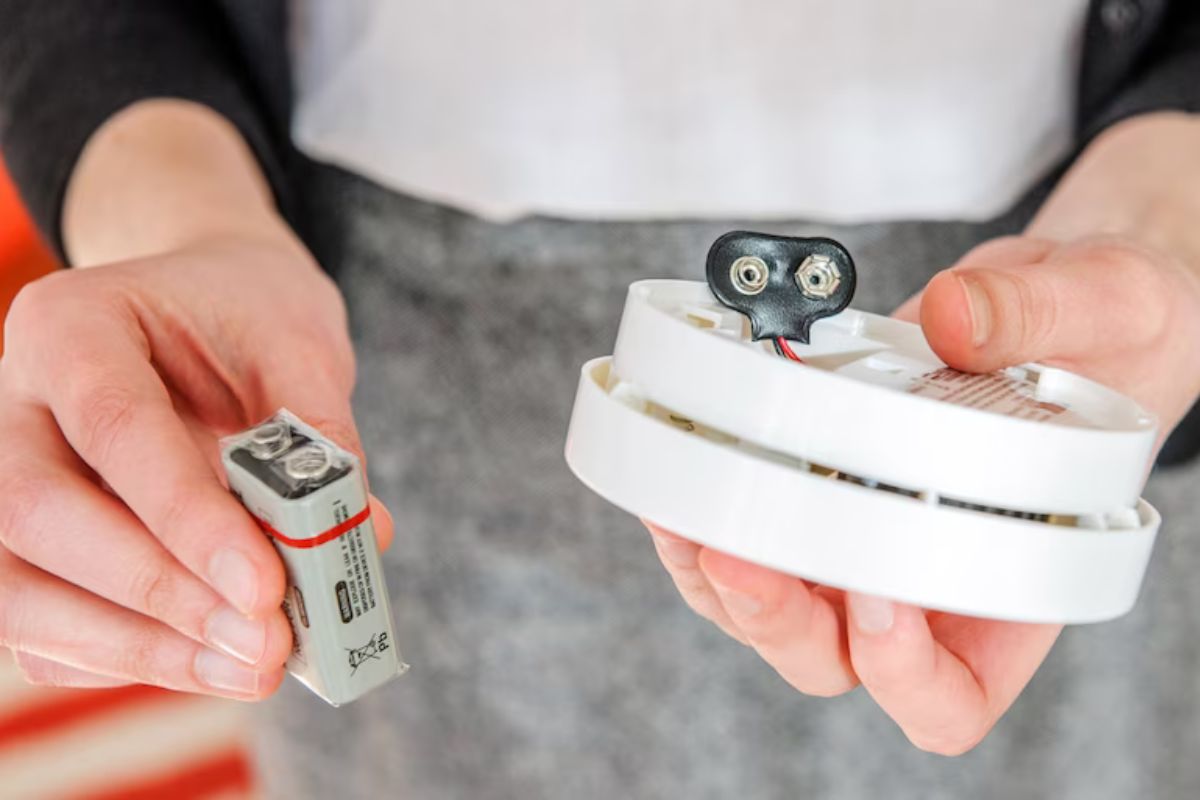
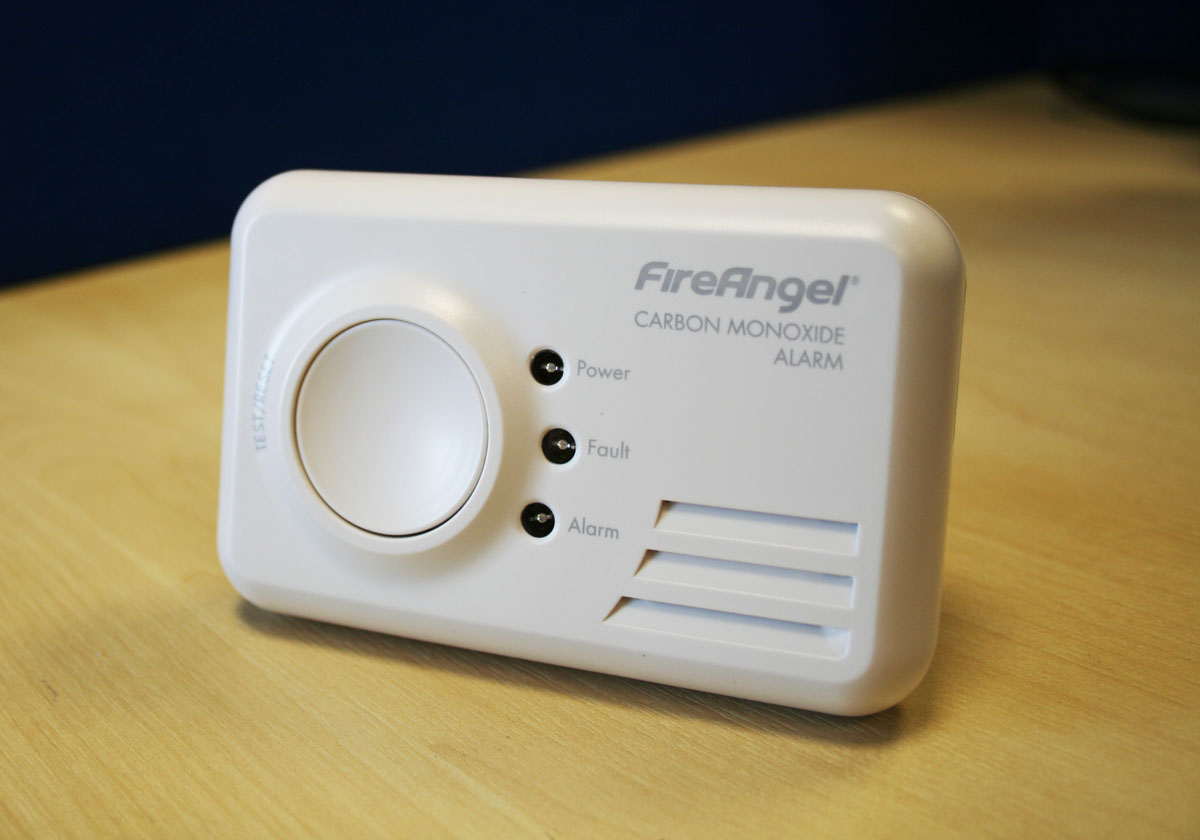

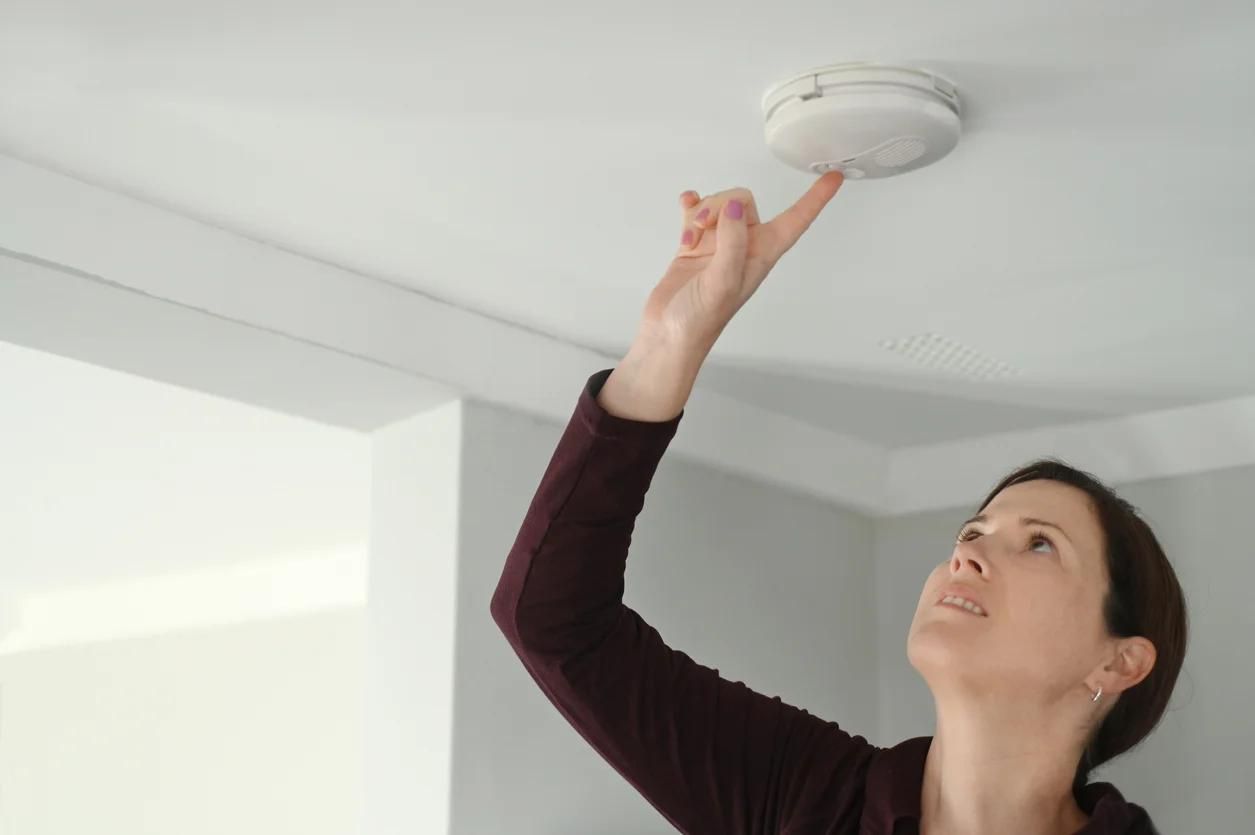
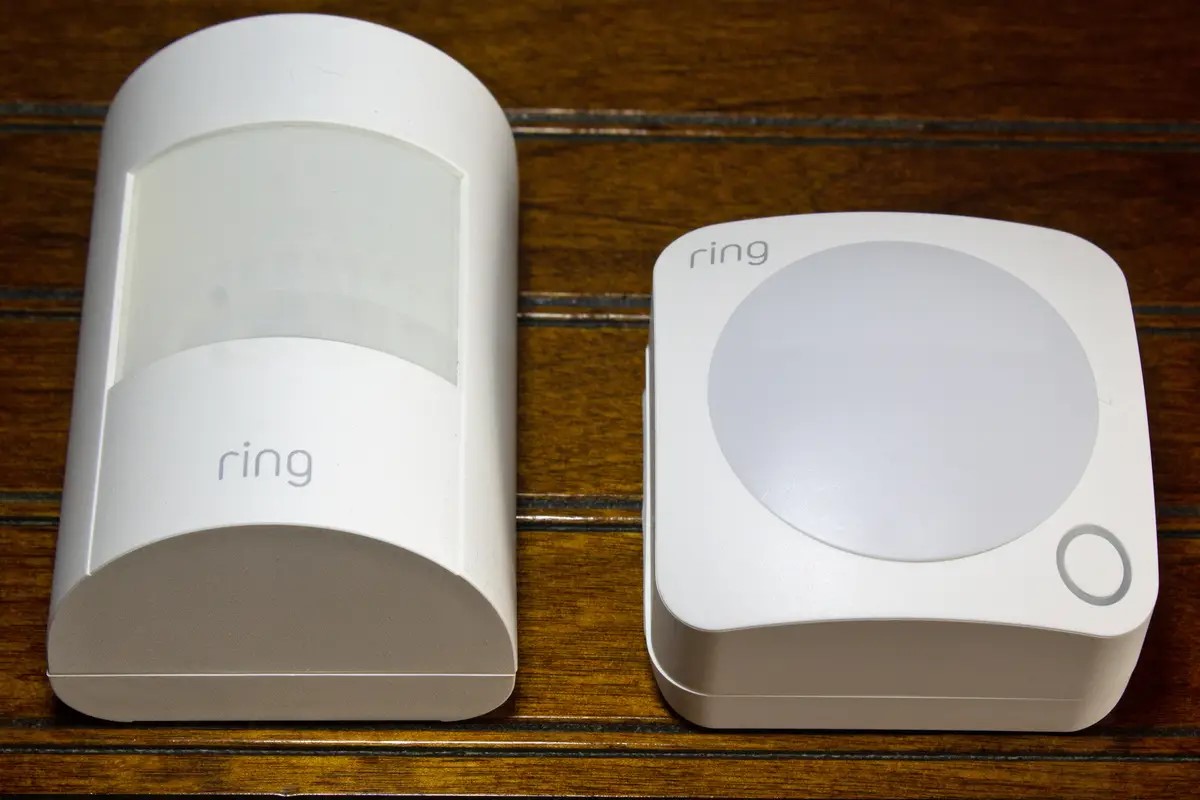
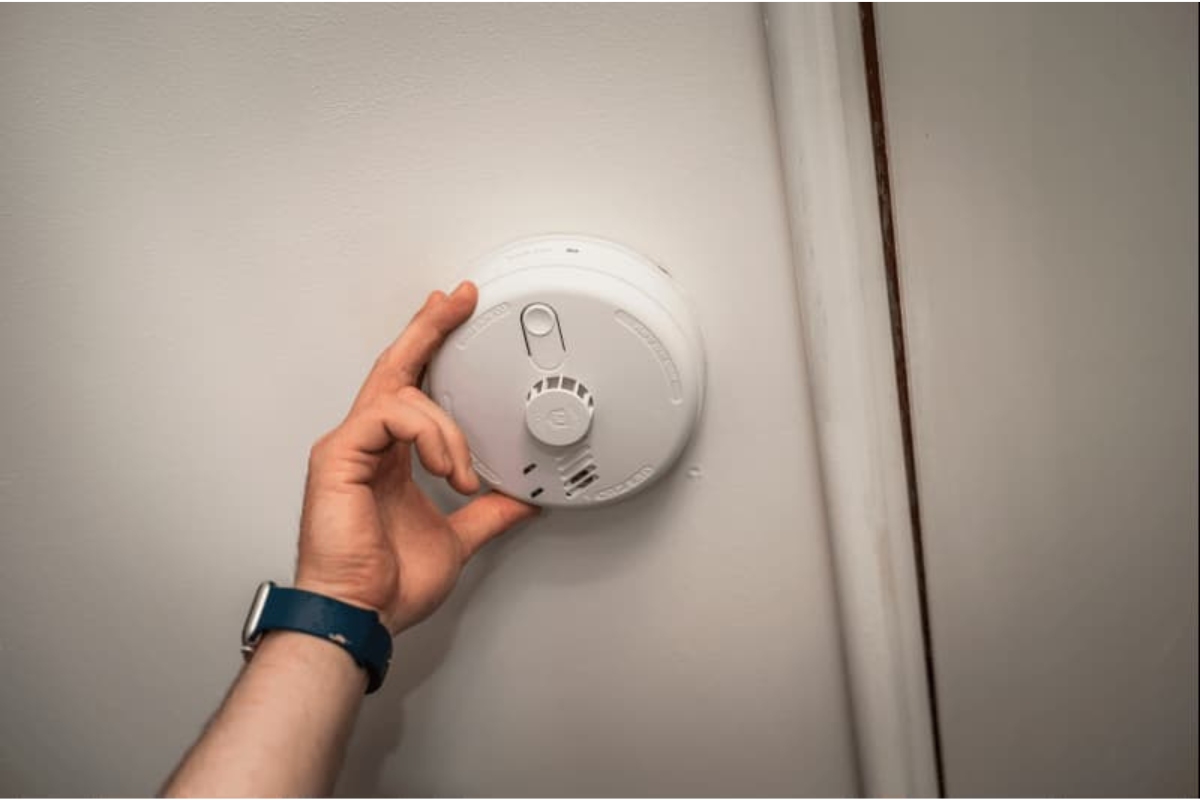
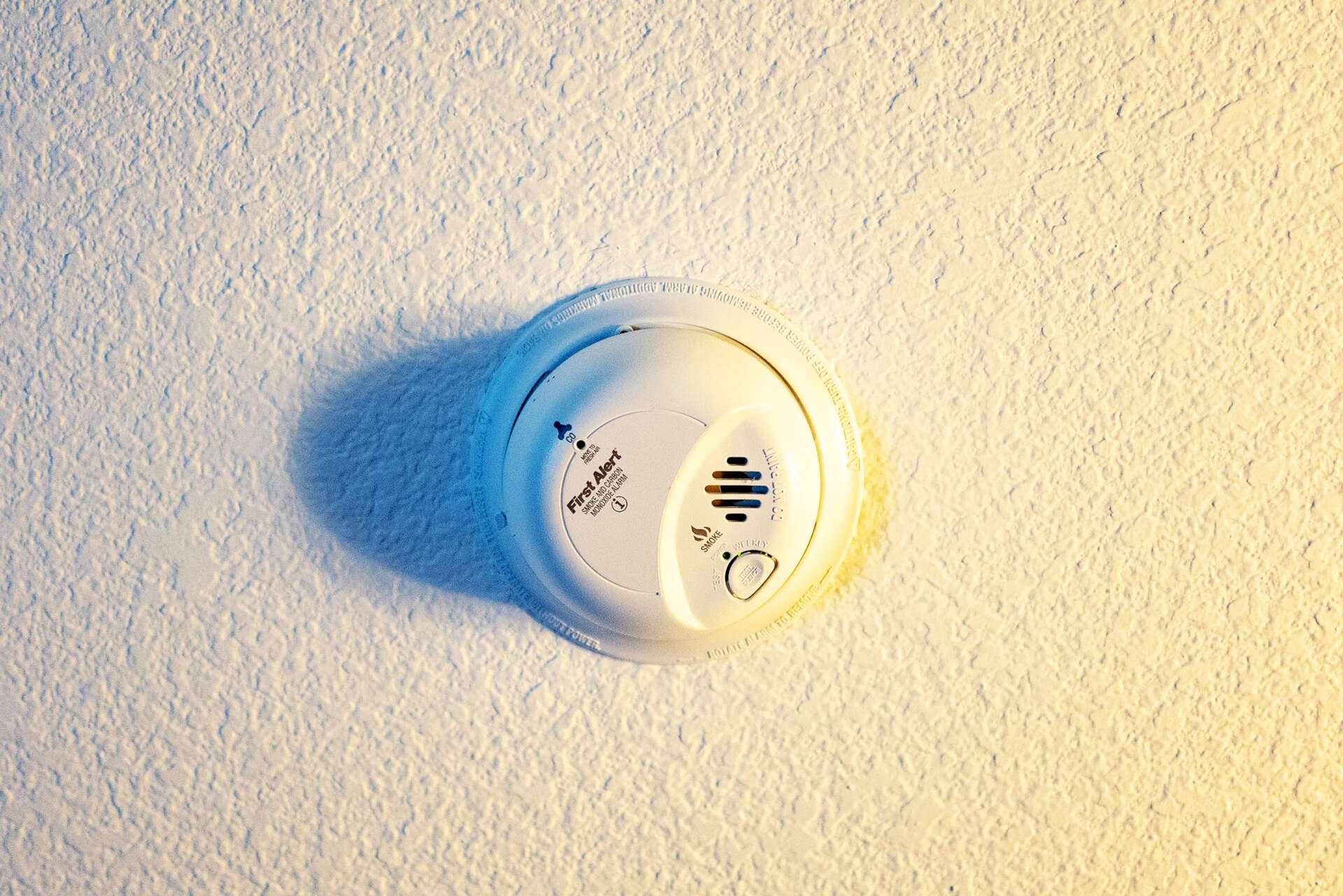

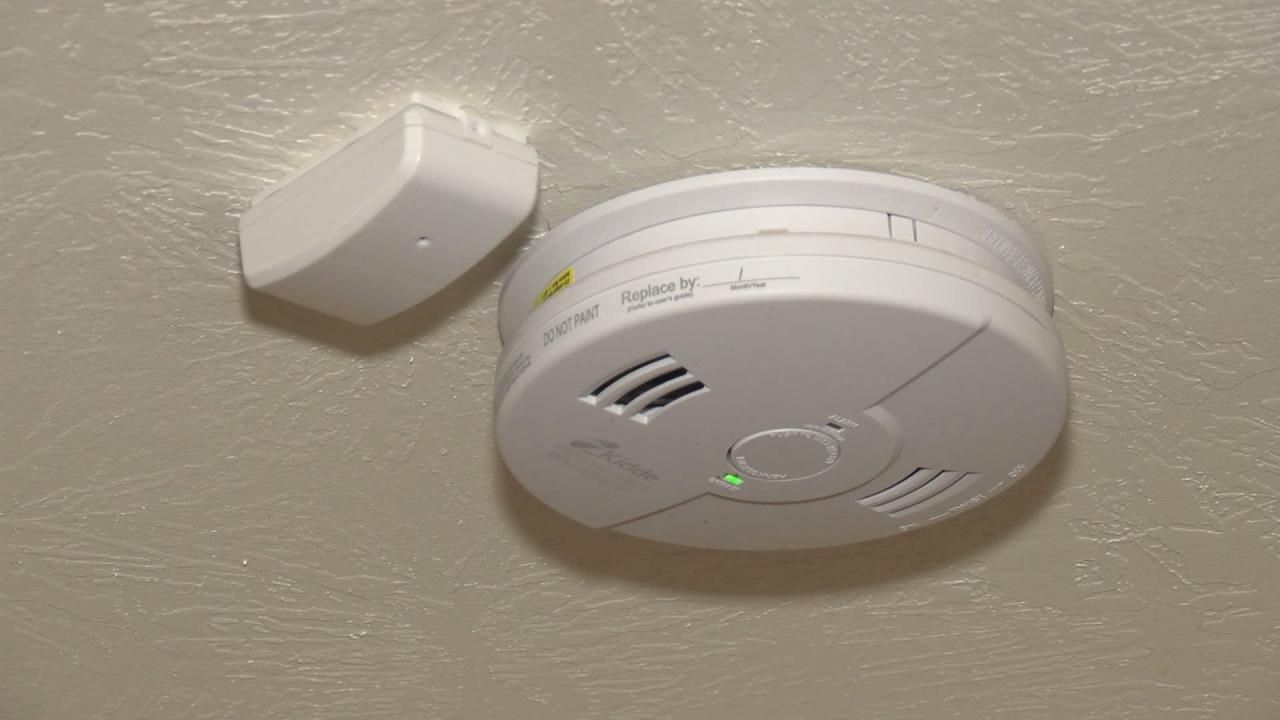
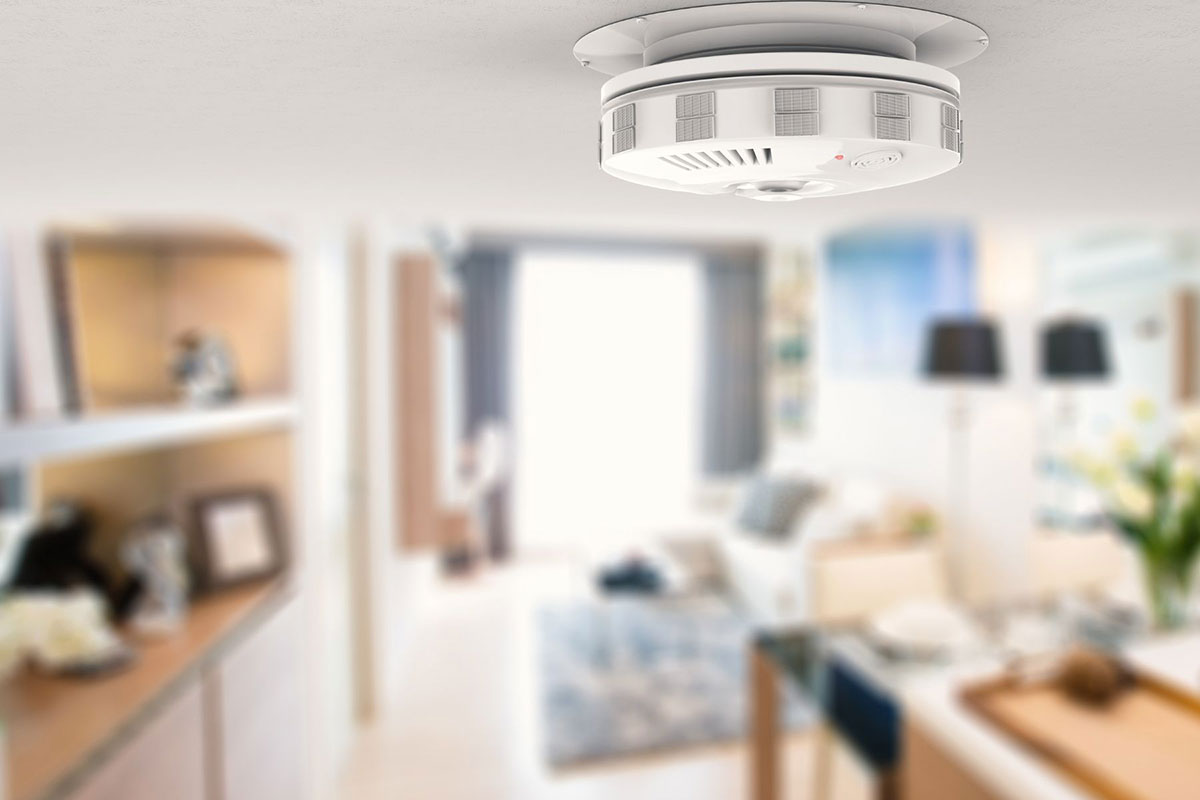

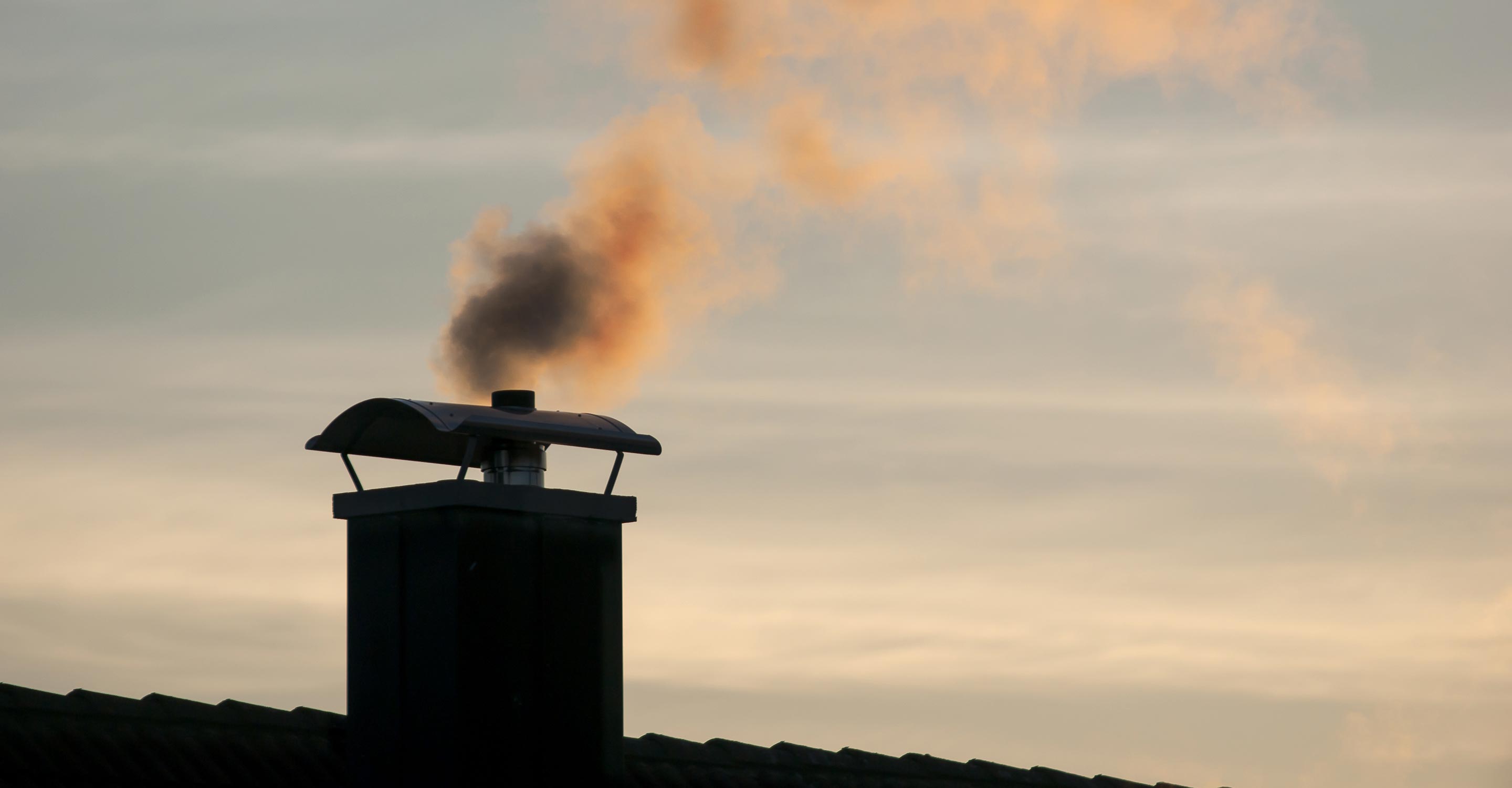
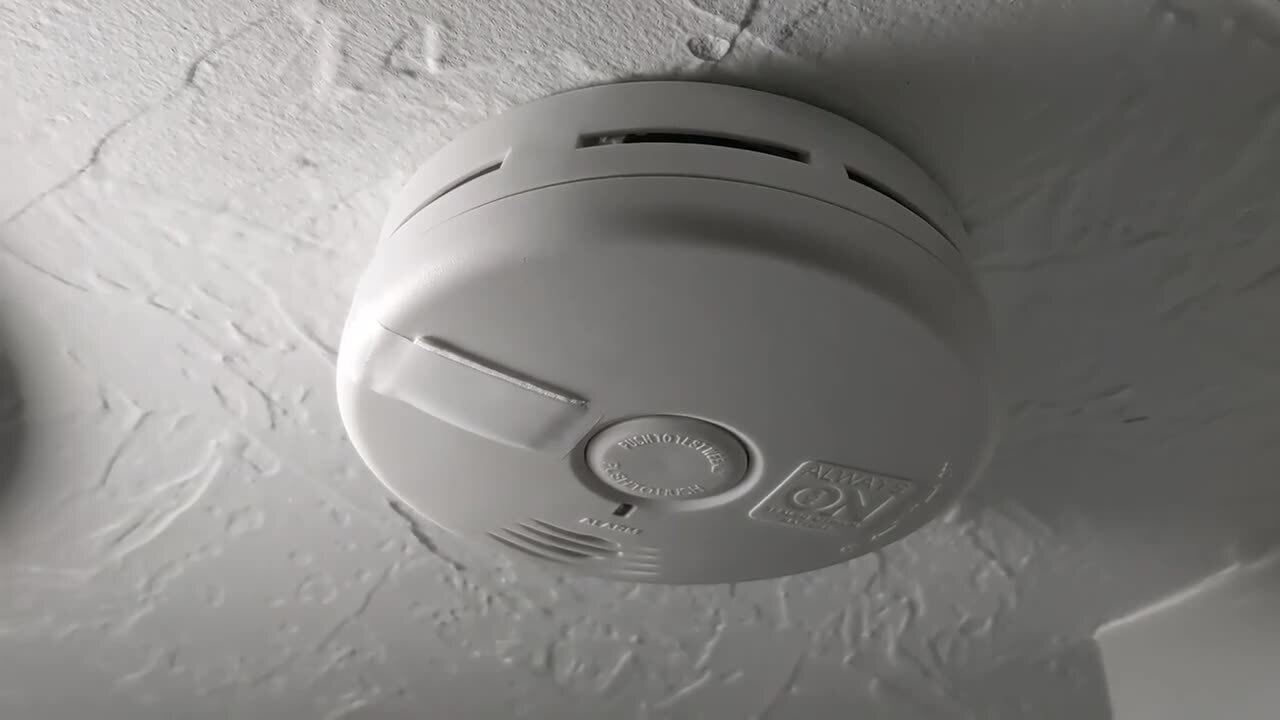
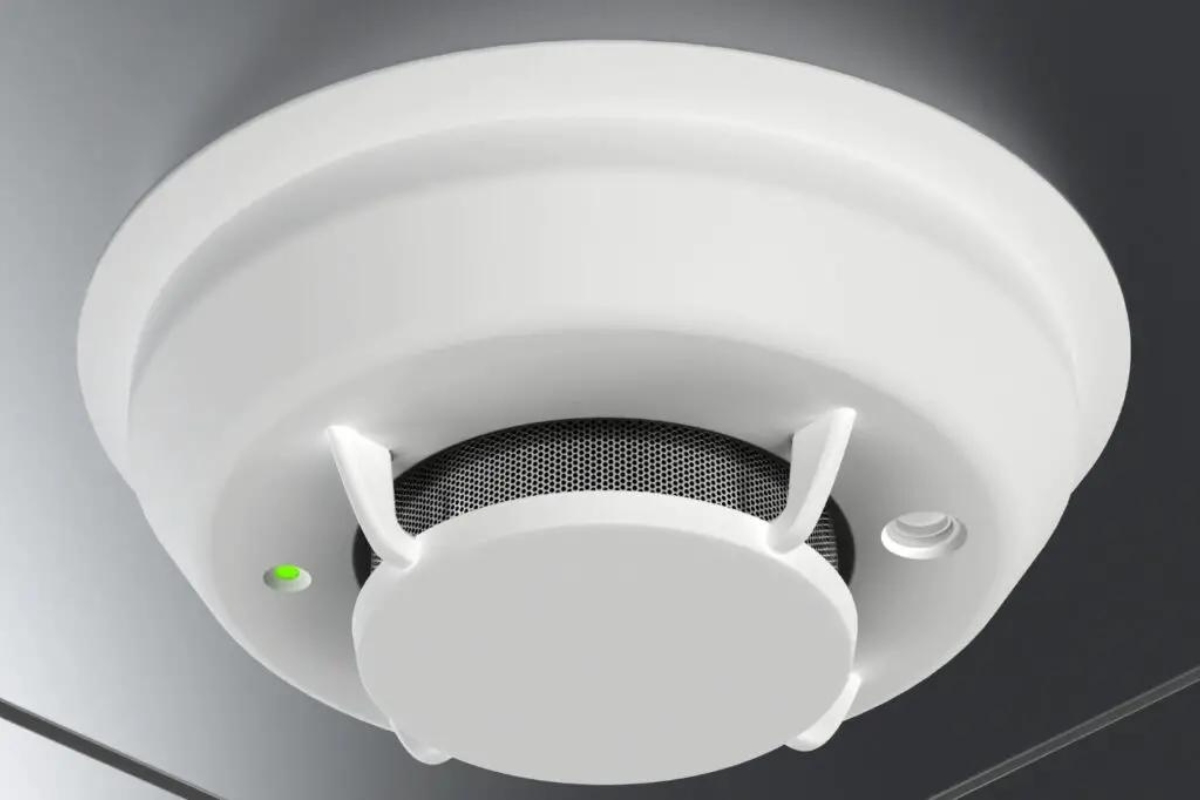

0 thoughts on “Why Does The Smoke Detector Go Off When Showering?”